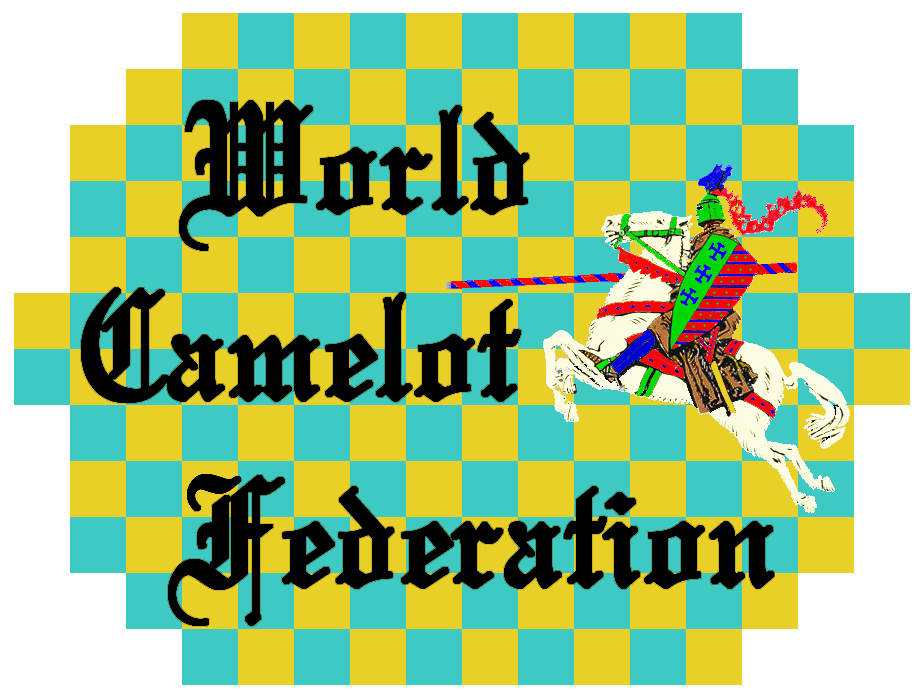
|
|
|
|
CAMELOT ZUGZWANG
Zugzwang (German for "compulsion to move,” pronounced [tsōōk'tsväng']) is a term originally used in chess that describes a situation where one player is put at a disadvantage because he has to make a move. A player whose turn it is to move who has no move that does not worsen his position is said to be in zugzwang. The term zugzwang was first used in 1858 in German-language chess literature. The first known use of the term in English was by Chess World Champion Emanuel Lasker in 1905.
Zugzwang, as it applies to Camelot, is rare indeed, since normally, having tempo is a good thing, giving the player whose turn it is to move the advantage of being able to choose the "best" next move. The usual exception occurs in endgame positions where, for instance, a player has a two-to-one piece advantage, has castled one of his pieces, and is attempting to force his second piece’s entry into the opposing Castle. In that type of position, victory depends upon compelling the opponent to move disadvantageously, that is, placing him in zugzwang.
A rare zugzwang position with 13 pieces still remaining on the board occurred in an actual Camelot game played on the BrainKing Internet game portal from September 10 to September 22, 2009. Here is the game score:
White: Patka Black: Michael Nolan 1.F6-F8 G10-E12-C10 2.G7-G8 C11-E9xG7xI5xK7 3.I7-G7 G11-E9 4.D6-F8 D11-D9 5.E7-D8 E9xC7xE7xE5 6.G7-E9xC9xC11xE9xG11xI9 J11-H9xJ9 7.C6-D7 I11-I9 8.D7-E7 J9-J10 9.G6-G7 I10-I8xG6xE8xE6 10.F8-H8 F11-D11-F9 11.I6-H7 E6-F6 12.H7-F7 F6xF8xH6 13.H8-H7 H6xH8xF8 Wins
After Black’s eleventh move, 11....E6-F6, White finds himself in zugzwang.
White to move: Zugzwang!
This position is unusual not only for its demonstration of zugzwang; it also boasts an astonishing symmetry as well as the unlikely characteristic of one side being almost completely surrounded in the middle of the board by the enemy. White has a choice of 26 different moves, all of which are to his disadvantage. Even the best of these, 12.G8-G9, would result in a reduction of forces and accompanying loss, since White would be faced with insurmountable odds, i.e., defending with a lone Man against Black’s two Knights and four Men.
Here are White’s possible moves, and the outcomes of each:
|